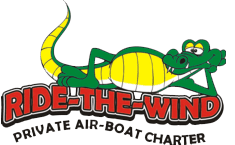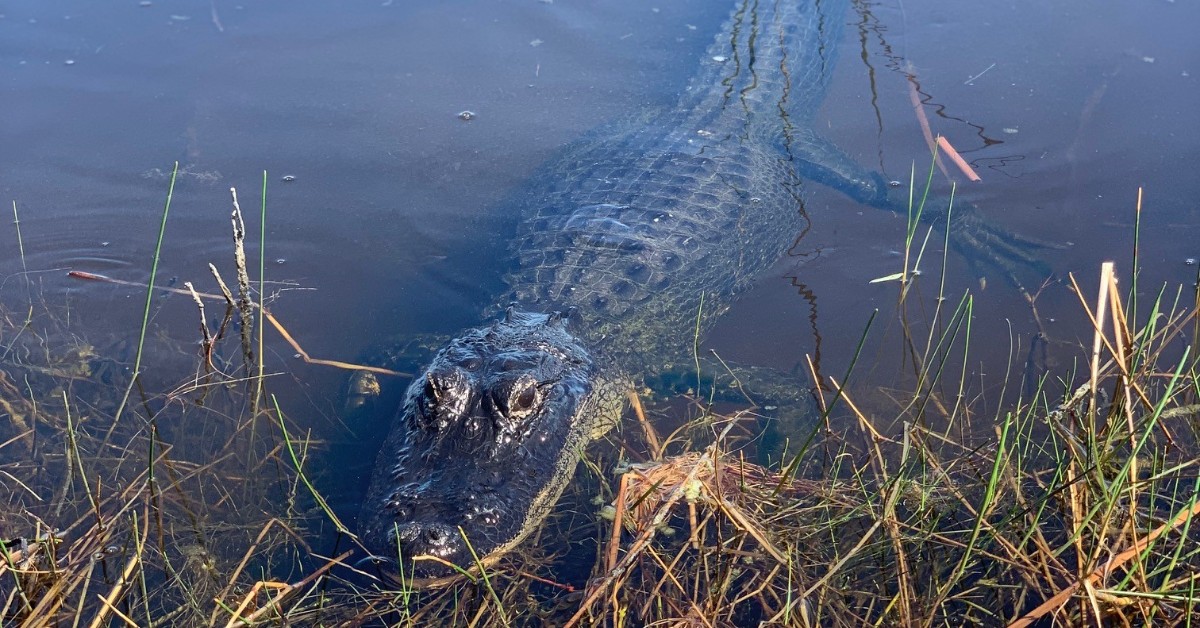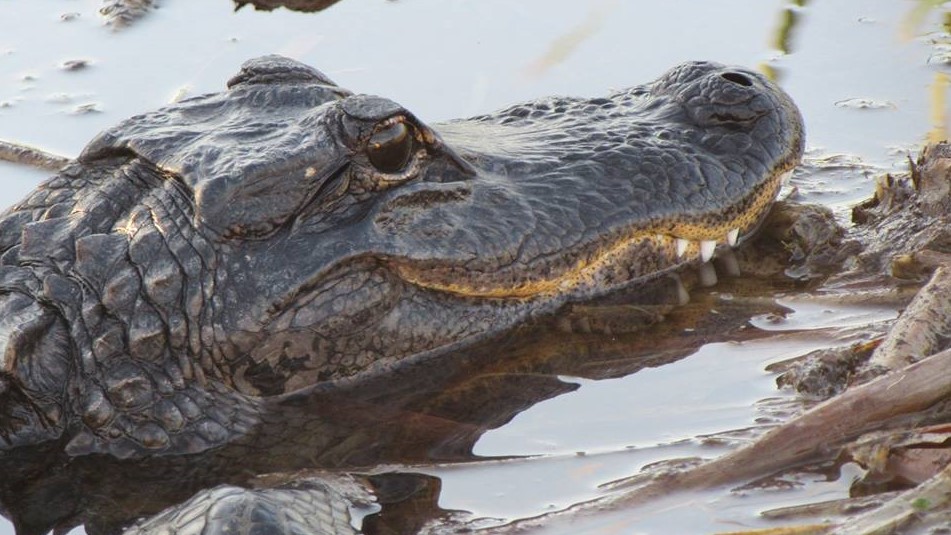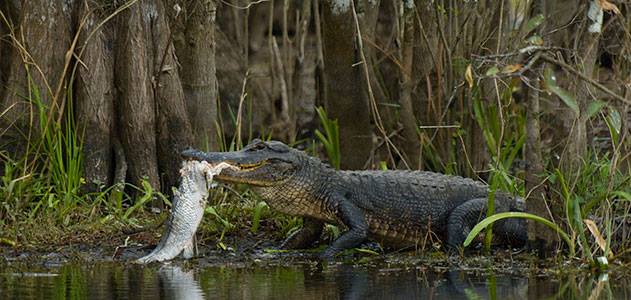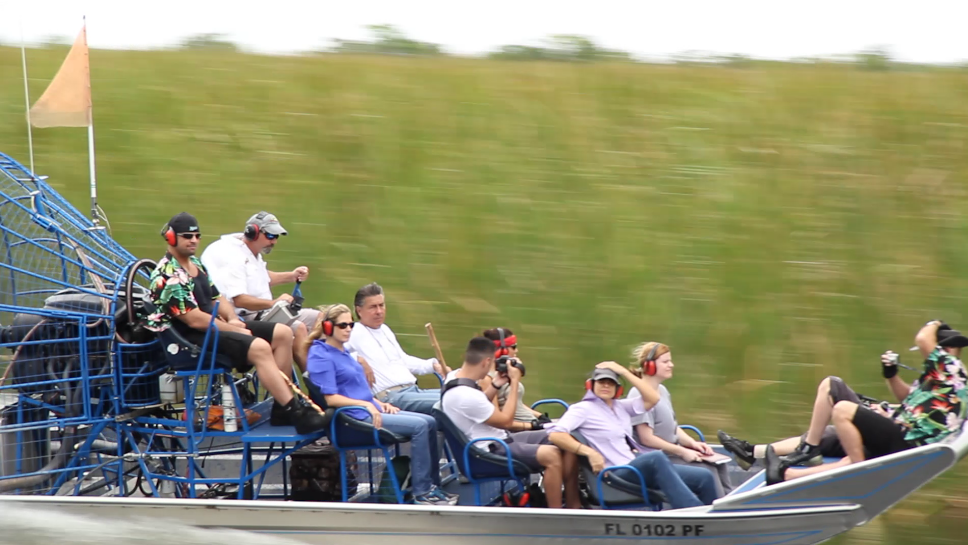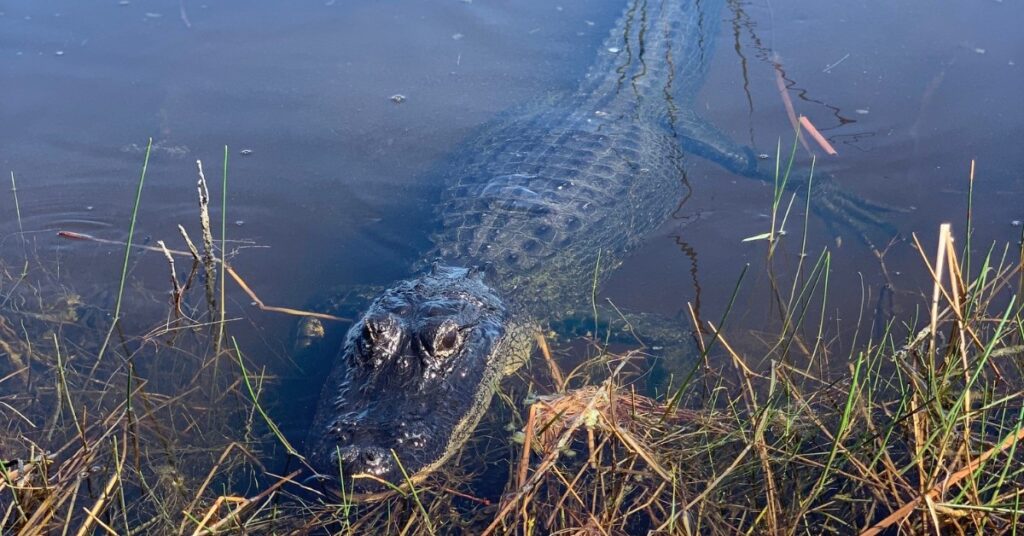Are you wondering when is the best time to visit The Everglades in Fort Lauderdale? If you’re not sure when then you’re on the right page. At Ride The Wind Private Airboat Rides and Tours we want you to know why the dry season is the perfect time to come to the Everglades.
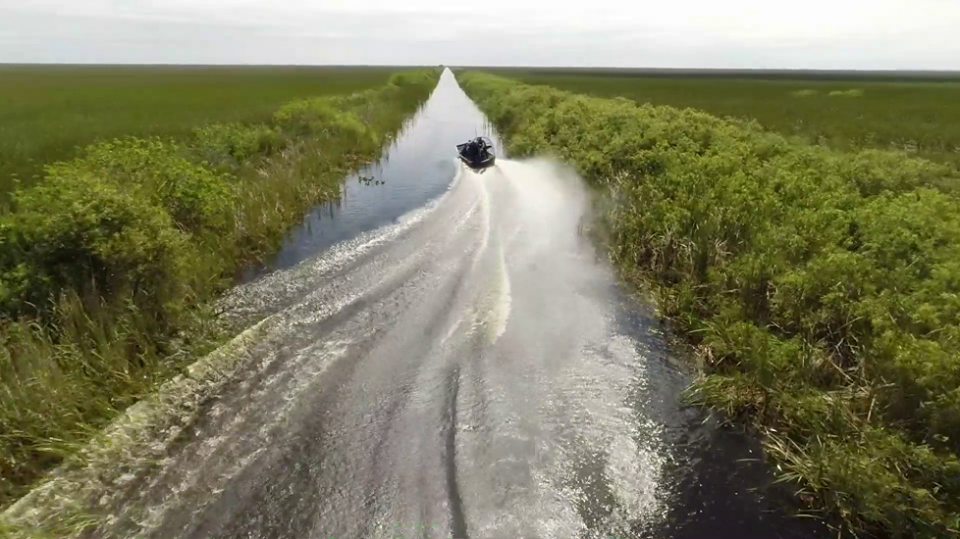
Reasons for visiting the Everglades during the dry season
When you’re an outsider to the Everglades area and you don’t know the climate here, you might be wondering when is a good time to go for a private airboat ride at The Everglades. You’re on the right track and you’ll be well-informed after reading this article today.
It’s very common to think of The Everglades at Fort Lauderdale as a wet world year-round, but as the seasons change up North, they change in the South too. According to The Free Encyclopedia, Wikipedia, there are two official seasons at this whopping 1.5-million-acre wetlands preserve: the wet season (May to November) and the dry season (December to April). You will see differences from crowds to wildlife, mosquitos, different price ranges of activities, and lodging outside of the park.
Now that we’re aware that The Everglades has only two seasons, dry and wet, let’s learn why Visiting the Everglades during the dry season offers a unique and captivating experience. Here are several compelling reasons why you should consider exploring this iconic ecosystem during this period:
Optimal Weather Conditions During the Everglades Dry Season
The dry season typically brings milder temperatures and lower humidity, creating comfortable conditions at the swamp ( above 70°F with lows dipping below 60°F on some nights), which are pleasant weather conditions for outdoor activities such as a private airboat tour in Fort Lauderdale also Hollywood – Weston. You can enjoy exploring the Everglades without the intense heat and frequent rain that characterize the wetter months.
Unique Wildlife Viewing Opportunity : On a Private Airboat Ride
With water levels receding, wildlife becomes more concentrated in specific areas. This makes it an ideal time for birdwatching. You’ll also have the chance to see the birds that fly South every winter, who find homes in the Everglades. The dry season is a great moment for wildlife observation, as animals are often more visible in search of water sources. Ensure you have your camera handy at all times.
Everglades Dry Season, Unique Landscape Changes:
The drop in water levels unveils a different side of the Everglades. Exposed mudbanks, receding water channels, and altered vegetation provide a distinct perspective on the landscape, allowing visitors to witness the dynamic changes that occur during the dry season. If you ever visited the Fort Lauderdale Everglades before, you’ll be able to notice the difference; it’s very interesting how the park changes along with the seasons.
Ideal for Hiking and Exploration:
Lower water levels open up opportunities for hiking and exploring areas that may be submerged during the wet season. Trails become more accessible, offering a chance to discover hidden corners of the Everglades on foot.
Excellent Time for Private Airboat Tours:
The dry season is perfect for private airboat tours. With less water covering the landscape, airboats can navigate through various waterways, providing an exhilarating and up-close experience with the unique flora and fauna of the Everglades.
Reduced Mosquito Activity:
While mosquitoes are a part of the Everglades experience, their numbers tend to decrease during the dry season. This makes Everglades outdoor activities more enjoyable, allowing visitors to focus on the breathtaking scenery and wildlife.
Memorable Experiences:
Overall, the dry season provides a unique and memorable experience for visitors. Whether you’re a nature enthusiast, adventure seeker, or someone looking for a peaceful retreat, the Fort Lauderdale Everglades during the dry season offers a diverse range of activities and landscapes to explore.
Visiting the Everglades during the dry season provides an opportunity to connect with nature, witness its resilience, and appreciate the beauty of this remarkable and unique ecosystem.
Private Airboat Everglades Tours at Fort Lauderdale with Ride The Wind!
Contact us to enjoy the best of the Everglades with a Licensed and experienced Captain. At Ride The Wind we’re glad to share time with wonderful people in an airboat tour at The Everglades. Don’t miss the chance to discover this unique territory. Book your private airboat tour with Ride the Wind today! Click here to see where we are located.
